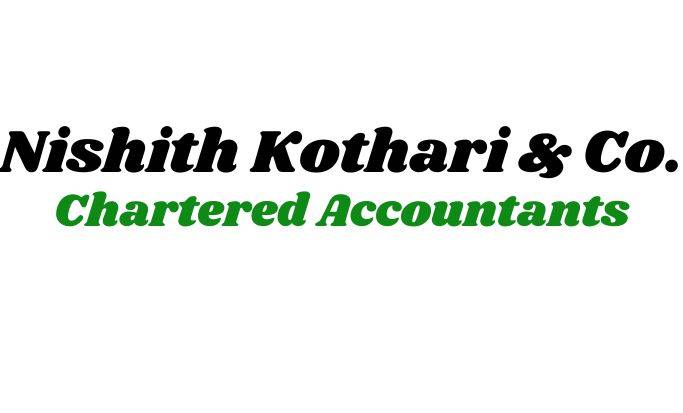Issue of shares at Premium quick guide for F.Y. 2022-23
This article is detail guide on what is issue of shares at premium, how to issue shares at premium and documents required for issue of shares at premium, Income tax effects of issue of shares at premium, usage of share premium account and all related aspects.
A company issue its share at premium when the selling price of the share is more than par value of the shares. The selling price exceeds par value usually in cases where company is in good financial position and operational position. The Share Capital issued is recorded at par value and securities premium account is created for difference amount between sales value and par value.
Whether to issue shares at Premium requires other factors to be taken into consideration such as cost involved, procedure, compliance, Tax effect, share valuation or alternate method for which company has to take expert opinion.
Process of Issue of shares at Premium for private limited company?
- Verify AOA of the Company – First Step is to check whether company needs to increase Authorized Capital. Increase in authorized capital process refer >> https://www.taxledgeradvisor.com/increase-in-authorized-share-capital/
- Convene a Board Meeting – A board meeting will be convened after issuing notice of meeting of not less than 7days specifying the agenda of the meeting to issue shares at premium specifying number of shares, nominal value, premium amount and other terms and conditions. Once ordinary resolution is passed approving the increase. Board will set date for Extra ordinary general meeting (EGM). Post board approval, Shareholder meeting i.e., Extra ordinary general meeting will be convened after issuing notice of meeting of not less than 21 days specifying the agenda of the meeting to issue shares at premium.
- Extra-Ordinary General Meeting – EGM will be convened and approval of share holders will be obtained. Please note special resolution will be passed for making amendments in MOA.
- File ROC Forms – ROC form with instruction kit can be downloaded from https://www.mca.gov.in/MinistryV2/companyformsdownload.html
- First MGT-14 (Filing of Resolutions and agreements to the Registrar) will be filed with ROC
- Form SH7 (Notice to registrar of any alteration of share capital) has to filed with ROC within 30days from the date of passing ordinary resolution.
- Allotment of Shares – Additional shares can be issued and Paid up capital is increased. ROC form PAS-3 (Return of allotment) should be filed with registrar.
Documents required for Issue of shares at Premium
- Notice of EGM
- Valuation Report of shares
- Certified true copy of resolutions passed at meeting
- Allotment List
- ROC Fees for relevant forms
Usage of Share Premium Account
Share premium account will be created which will be a difference of share sell value and par value. Section 52 of the Companies Act, 2013 has restricted the use of this share premium account to the following:
- Issue of unissued shares as fully paid bonus shares
- Writing off preliminary expenses
- Writing off expense/commission/discount on issue of share or debentures
- Providing for premium payable on redemption of preference shares or debentures
- For purchase of own securities or other securities as per Section 68
All the provisions of Act related to reduction of share capital will apply on share premium account except the usage part as mentioned above.
Income Tax effect of issue of shares at Premium
If Selling Price is greater than Fair market value of shares in case of private limited company or a company in which public is not substantially interested, then differential amount will become income of other sources of company and taxable as per tax rate applicable to company.
Exemptions provided to:
- Venture capital undertaking from venture capital company or venture capital fund
- Such classes of company as prescribed by companies.
Determination of FMV of unquoted shares as per Income Tax Rule 11UA & 11UAA
- the fair market value of unquoted equity shares = *(A–L) × (PV)/(PE)
- the fair market value of the unquoted equity shares determined by a Valuer as per the Discounted Free Cash Flow method
*Note:
A = Book value of the assets in the balance-sheet as reduced by any amount of tax paid as deduction or collection at source or as advance tax payment as reduced by the amount of tax claimed as refund under the Income-tax Act and any amount shown in the balance-sheet as asset including the unamortized amount of deferred expenditure which does not represent the value of any asset
L = book value of liabilities shown in the balance-sheet, but not including the following amounts, namely: —
- the paid-up capital in respect of equity shares
- the amount set apart for payment of dividends on preference shares and equity shares where such dividends have not been declared before the date of transfer at a general body meeting of the company
- reserves and surplus, by whatever name called, even if the resulting figure is negative, other than those set apart towards depreciation;
- any amount representing provision for taxation, other than amount of tax paid as deduction or collection at source or as advance tax payment as reduced by the amount of tax claimed as refund under the Income-tax Act, to the extent of the excess over the tax payable with reference to the book profits in accordance with the law applicable thereto
- any amount representing provisions made for meeting liabilities, other than ascertained liabilities
- any amount representing contingent liabilities other than arrears of dividends payable in respect of cumulative preference shares
PE = total amount of paid-up equity share capital as shown in the balance-sheet
PV = the paid-up value of such equity shares
For consultancy of Issue of shares at Premium
Reach out to our professionals at TaxLedgerAdvisor for consultancy of Issue of shares at Premium.

